Bhagwan Khandoba stands as a formidable manifestation of Bhagwan Shiva, revered predominantly across Maharashtra and North Karnataka. He embodies the fierce protector and spiritual guardian of diverse communities, including warriors, farmers, shepherds, Brahmins and tribal groups. His worship transcends caste and religious boundaries, uniting Hindus, Jains and even some Muslims in devotion. Khandoba's persona merges elements of Shiva, Bhairava, Surya and Kartikeya, reflecting a complex and inclusive deity. The epicenter of his veneration is the temple at Jejuri, a significant pilgrimage site. Legends narrate his triumph over the demons Malla and Mani, symbolizing the victory of good over evil. Khandoba's worship is deeply rooted in the Deccan's spiritual landscape, embodying valor, protection and divine justice.
Who is Bhagwan Khandoba?
Bhagwan Khandoba, also known as Martanda Bhairava or Malhari, is a prominent deity in the Hindu pantheon, primarily revered in Maharashtra and North Karnataka. He is considered a fierce manifestation of Bhagwan Shiva, embodying the roles of protector and destroyer of evil. Khandoba's worship transcends caste and religious boundaries, uniting various communities, including Hindus, Jains, and some Muslims. His consorts, Mhalsa and Banai, are identified with Parvati and Ganga, respectively, symbolizing the union of culture and nature. Khandoba's mythology includes the defeat of demons Malla and Mani, signifying the triumph of good over evil. The deity's primary abode is the temple at Jejuri, a significant pilgrimage site in Maharashtra.
In iconography, Khandoba is depicted as a warrior riding a white horse, wielding a sword and a trident (trishula), emphasizing his martial prowess. He is often accompanied by his consorts, Mhalsa and Banai, and his loyal dog, who played a crucial role in his battles against demons. The sword represents his role as a warrior deity, while the trident signifies his connection to Bhagwan Shiva. The white horse, offered by the demon Mani before his death, serves as Khandoba's vahana (vehicle), symbolizing speed and strength. These elements collectively highlight Khandoba's identity as an arduous protector and guardian of his devotees.
Origin of Bhagwan Khandoba
Bhagwan Khandoba origins and stories are deeply rooted in regional traditions and texts, particularly the Malhari Mahatmya , and are associated with various communities across Maharashtra and North Karnataka.
The name 'Khandoba' derives from 'khadga' (sword) and 'ba' (father), symbolizing his role as a warrior father figure. He is also known as Martanda Bhairava, an amalgamation of Shiva's fierce form, Bhairava, and the solar deity Martanda. This composite nature reflects his embodiment of both destructive and restorative powers.
Khandoba's most renowned legend involves his battle against the demons Malla and Mani. These demons, having received boons of invincibility, began to terrorize the world. In response, Bhagwan Shiva incarnated as Khandoba to vanquish them. Riding a white horse and wielding a sword, he defeated both demons. Before his death, Mani offered his white horse to Khandoba and requested to be remembered in every shrine dedicated to the deity. Khandoba granted this boon, and Mani's presence is honored in Khandoba's temples.
While Khandoba's tales are primarily found in regional texts like the Malhari Mahatmya , they are part of the Kshetra-Kanda section of the Brahmanda Purana , though not included in standard editions. His stories are not directly linked to major Vedic scriptures like the Ramayana or Mahabharata , but they resonate with the broader Hindu themes of divine intervention to restore cosmic order. Khandoba's worship transcends caste and religious boundaries, integrating elements from Hindu, Jain, and even Muslim traditions, reflecting a syncretic cultural fabric.
Iconography & Symbolism
Bhagwan Khandoba is portrayed as a fierce warrior deity, typically shown riding a white horse. He holds a sword, a damaru, and other weapons, symbolizing his divine power to protect and destroy evil. His form embodies the combined strength of Shiva and Bhairava, radiating authority and valor.
In temple sculptures and paintings, Bhagwan Khandoba is often accompanied by his consorts Mhalsa and Banai. He is shown slaying demons or in a majestic warrior pose. His temples, especially the Jejuri temple in Maharashtra, feature martial iconography with divine elements highlighting his role as a guardian and family deity.
The deity is usually adorned in bright colors like yellow and turmeric, symbolizing auspiciousness and prosperity. His posture is dynamic, often seated or standing heroically on a horse, conveying readiness and protection. His hand gestures or mudras reflect assurance, power, and blessings for devotees.
Legends and Stories
Battle with Demons Malla and Mani
Bhagwan Khandoba, an incarnation of Bhagwan Shiva, is renowned for his victory over the demons Malla and Mani. These demons had obtained a boon of invincibility from Bhagwan Brahma and began tormenting sages and disrupting the cosmic order. In response to the sages' pleas, Bhagwan Shiva assumed the form of Martanda Bhairava, also known as Khandoba, and descended to Earth to vanquish the demons. Riding a white horse and wielding a sword, Khandoba engaged in a fierce battle, ultimately slaying both Malla and Mani. Before his death, Mani offered his white horse to Khandoba and requested that he be remembered in every shrine dedicated to the deity. Khandoba granted this boon, and Mani's presence is honored in Khandoba's temples.
Marriages of Bhagwan Khandoba
Bhagwan Khandoba's marital alliances symbolize his connection with various communities:
- Mhalsa: His first wife, Mhalsa, hails from the Lingayat merchant (Vani) community. Their marriage was formal and ritualistic, representing societal norms and order.
- Banai (Banu): His second wife, Banai, belongs to the Dhangar (shepherd) caste. Their union was a love marriage, signifying a more natural and spontaneous bond.
These marriages illustrate the deity's role in uniting diverse social groups and embodying both cultural refinement (through Mhalsa) and natural vitality (through Banai).
Spiritual Lessons from Bhagwan Khandoba
Triumph of Good over Evil
Bhagwan Khandoba's defeat of the demons Malla and Mani symbolizes the victory of righteousness over malevolence. This narrative emphasizes the importance of courage and the divine support available to those who uphold dharma (righteousness) in the face of adversity.
Unity and Inclusivity
Khandoba's marriages to Mhalsa, from the merchant (Vani) community, and Banai, from the Dhangar (shepherd) caste, reflect his role in uniting diverse social groups. These alliances signify the transcendence of social boundaries and the promotion of inclusivity and harmony among different communities.
Embodiment of Divine Attributes
As an amalgamation of Shiva's fierce form, Bhairava, and the solar deity Martanda, Khandoba embodies both destructive and restorative powers. This duality teaches the balance between strength and compassion, highlighting the need for both in maintaining cosmic and social order.
Symbolism of the Sword
The name 'Khandoba' derives from 'khadga' (sword) and 'ba' (father), indicating his role as a warrior and protector. The sword symbolizes the sharpness of intellect and the decisive action required to eliminate ignorance and injustice.
These lessons from Bhagwan Khandoba's stories offer guidance on righteousness, unity, balance, and the pursuit of justice, serving as moral and spiritual principles for devotees.
Puja Vidhi at Home
Required Materials
- Image or Idol : A picture or idol of Bhagwan Khandoba.
- Puja Thali : A plate to arrange the offerings.
- Water or Gangajal : For purification.
- Flowers : Fresh flowers for offering.
- Incense Sticks (Agarbatti) : For fragrance.
- Lamp (Diya) : For lighting during the puja.
- Sandalwood Paste : For applying tilak.
- Fruits and Sweets : As naivedya (food offering).
- Turmeric Powder : Symbolic of Bhagwan Khandoba's association with turmeric.
- Rice Grains (Akshata) : Unbroken rice grains mixed with turmeric.
- Bell : To ring during the aarti.
Step-by-Step Home Puja Guide
Preparation :
- Clean the puja area and take a bath to purify yourself.
- Place the image or idol of Bhagwan Khandoba on a clean platform or altar.
Invocation (Dhyana and Avahana) :
- Light the lamp and incense sticks.
- Sit facing east and meditate upon Bhagwan Khandoba, seeking his presence.
Offering (Upacharas) :
- Water Offering : Sprinkle water or Gangajal on the deity's image for purification.
- Tilak : Apply sandalwood paste on the forehead of the deity.
- Flowers : Offer fresh flowers at the feet of the deity.
- Naivedya : Place fruits and sweets as food offerings.
- Turmeric and Akshata : Sprinkle turmeric powder and akshata as a mark of respect.
Chanting and Aarti :
- Recite the mantra 'Om Namah Shivaya' or any other preferred mantra dedicated to Bhagwan Khandoba.
- Perform the aarti by moving the lamp in a circular motion in front of the deity while ringing the bell.
Conclusion :
- Offer your prayers and seek blessings from Bhagwan Khandoba.
- Distribute the prasad (offered fruits and sweets) among family members.
Mantras Dedicated to Bhagwan Khandoba
Om Martandaya Mallahari Namo Namah
Meaning: Salutations to Bhagwan Martanda Bhairava, the destroyer of the demon Malla.
Benefits: Chanting this mantra invokes the protective and warrior aspect of Bhagwan Khandoba, helping devotees overcome obstacles and adversities. It brings courage, strength, and the ability to defeat negative forces in life. Regular recitation wash away sins and grant prosperity and happiness.
Om Shreem Ardhanarishvaraya Prematattvamurtaye Namah Shivaya Namah
Meaning: Salutations to Ardhanarishvara, the embodiment of love and unity, salutations to Shiva.
Benefits: This mantra balances masculine and feminine energies within the devotee, fostering harmony and love in relationships. It enhances spiritual growth, inner peace, and emotional stability. It is especially beneficial when chanted during the Champa Shashti festival.
Benefits of Worshipping Bhagwan Khandoba
Spiritually, devotion to Bhagwan Khandoba purifies the soul, clearing sins from past births and fostering a sense of inner peace and motivation. This spiritual cleansing helps devotees move forward in life with renewed confidence, free from the burdens of previous karma. The inclusive nature of Khandoba worship, which unites people across communities and traditions, also nurtures a sense of unity and belonging, deepening the devotee’s spiritual experience.
Mentally, worship brings clarity, courage, and resilience. Regular prayers and rituals dedicated to Bhagwan Khandoba instill a positive mindset, helping devotees overcome worries and mental obstacles. The rituals, which involve offerings and specific puja practices, create a disciplined routine that supports emotional stability and focus.
Materially, worshipping Bhagwan Khandoba is associated with prosperity, happiness, and the removal of life’s hurdles. Devotees often experience improvements in their personal and professional lives, with blessings that manifest as success, abundance, and harmonious relationships.
Most important benefits:
- Attainment of a happy and prosperous life
- Removal of sins from past births
- Motivation to progress without fear or worry
- Elimination of obstacles and hassles in daily life
- Blessings for material abundance and wealth
- Enhanced courage and mental strength
- Spiritual purification and inner peace
- Unity and harmony within families and communities
- Emotional stability and clarity of mind
- Improved relationships and overall well-being
The Golden Temple Of Maharashtra
Jejuri, known as the Golden Temple of Maharashtra, stands as the principal center of worship for Bhagwan Khandoba, a powerful warrior deity regarded as an incarnation of Bhagwan Shiva. Located about 48 kilometers from Pune, this temple complex is perched atop a hill and is famous for its striking yellow hue, which comes from the liberal use of turmeric during rituals and festivals.
The Jejuri temple complex consists of two main shrines. The older shrine, Kadepathar, requires climbing approximately 750 steps and houses a self-manifested linga of Bhagwan Khandoba alongside his consort Mhalsa. The newer and more accessible Gad Kot temple features about 450 steps, 18 arches, and around 350 lamp pillars. Both temples are constructed with fort-like architecture, giving them a majestic and royal appearance.
Jejuri is renowned for its vibrant festivals, particularly the Bhandara festival, also called Somvati Utsav, where devotees throw turmeric powder in and around the temple, bathing the entire area in golden yellow. This ritual symbolizes prosperity, purity, and devotion. The temple is also a significant pilgrimage site for newly married couples, who visit to seek blessings for fertility and a harmonious married life.
The temple’s historical roots trace back to the 12th or 13th century, with major renovations during the Maratha era. It features Hemadpanthi architectural style and houses unique elements such as a massive brass-coated tortoise in the courtyard and Portuguese church bells, which were brought as war trophies by Maratha general Chimaji Appa after the Battle of Vasai.
Jejuri’s spiritual importance is amplified during the six-day Champa Shashti festival, commemorating Bhagwan Khandoba’s victory over the demons Mani and Malla. The temple’s daily rituals and grand festivities draw thousands of devotees, making it a living symbol of faith, tradition, and community unity in Maharashtra.
Presence in Other Traditions
Khandoba’s presence extends beyond mainstream Hinduism, influencing and assimilating elements from Jain and regional traditions. Khandoba’s sect has historical linkages with Jainism, where he is respected and worshipped by some Jain communities, especially in Maharashtra and Karnataka. His cult also integrates practices from various castes and even includes Muslim devotees, highlighting his unifying and syncretic role in regional spirituality. However, there is no significant evidence of Khandoba’s direct influence in Buddhism or Southeast Asian religious traditions.
Architecturally and ritually, Khandoba’s worship incorporates features from Shaivism and local folk practices, blending Vedic, Puranic, and indigenous elements. His evolution from a probable storm or local deity into a widely revered form of Shiva reflects the dynamic interplay between local beliefs and pan-Indian religious currents. This process of assimilation is also seen in the way Khandoba is sometimes compared to the Vedic god Rudra, suggesting that he may have originated as a storm god before being fully integrated into the Shaiva pantheon.
In comparative mythology, Khandoba stands as a striking example of how regional deities are absorbed into larger religious frameworks. He embodies attributes of Shiva, Bhairava, Surya, and Kartikeya, reflecting a composite identity shaped by centuries of cultural exchange. This mirrors the broader Indian tradition of integrating local gods into the Hindu pantheon, creating deities who bridge the divine and the earthly, the elite and the popular, and the orthodox and the folk.
Rudra Centre’s Recommended Products
Rudraksha Kantha & Rudraksha Mala
Available in multiple designs and bead counts, including options with thread, copper, silver, or gold. Each mala and kantha is tested for authenticity and quality, ensuring a transformative spiritual accessory for every seeker.
Conclusion: The Divine Warrior Uniting Faith and Tradition
Bhagwan Khandoba stands as a dynamic force in Indian spirituality, embodying the fierce power of a warrior deity and the compassionate guidance of a household protector. His worship bridges diverse communities, blending folk traditions with classical Shaivism and drawing devotees from all walks of life. Through grand temples, vibrant festivals, and powerful mantras, Bhagwan Khandoba continues to inspire courage, unity, and spiritual transformation. His legacy endures as a symbol of victory over adversity, the harmonizer of relationships, and a beacon of hope for those seeking both material prosperity and inner peace.

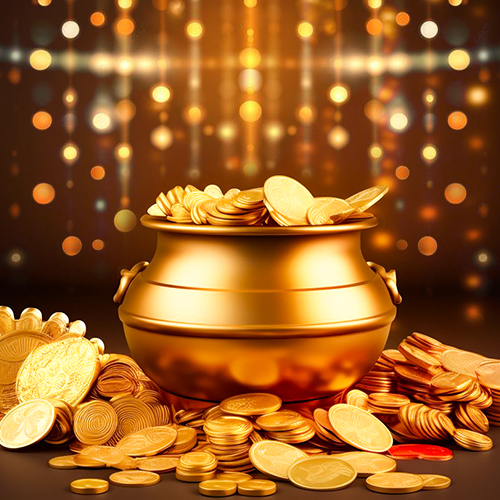
-in-Astrology.jpg)
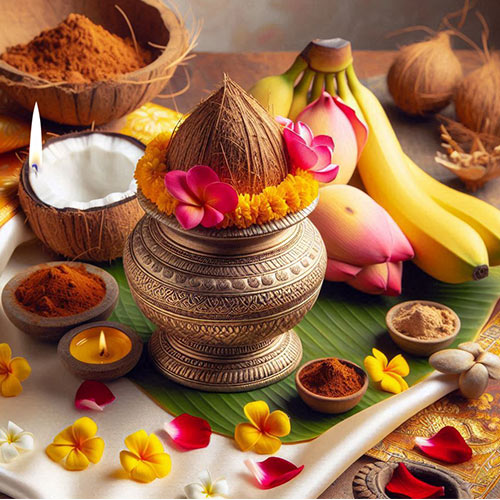
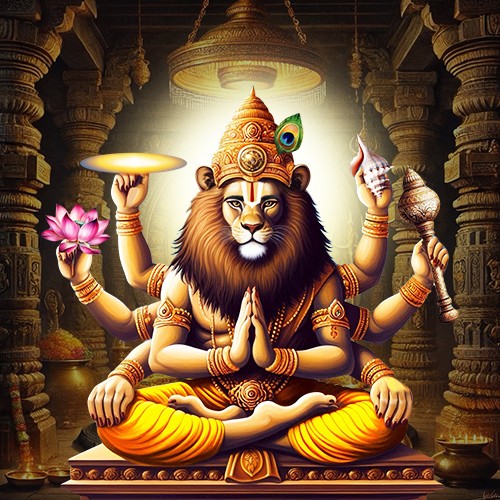
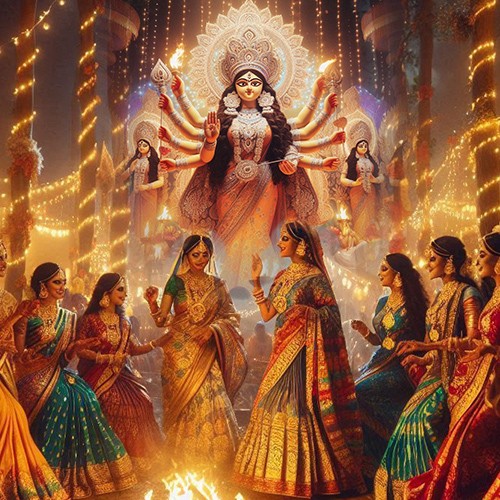
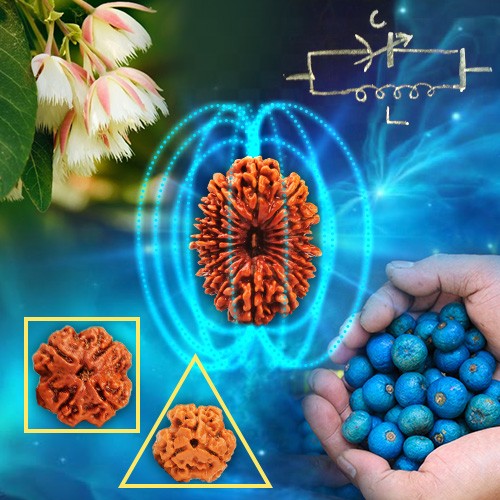

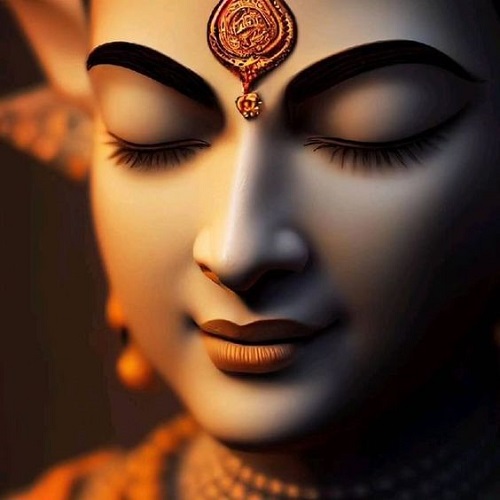
.jpg)
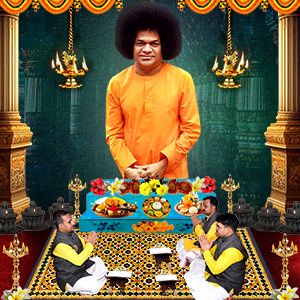
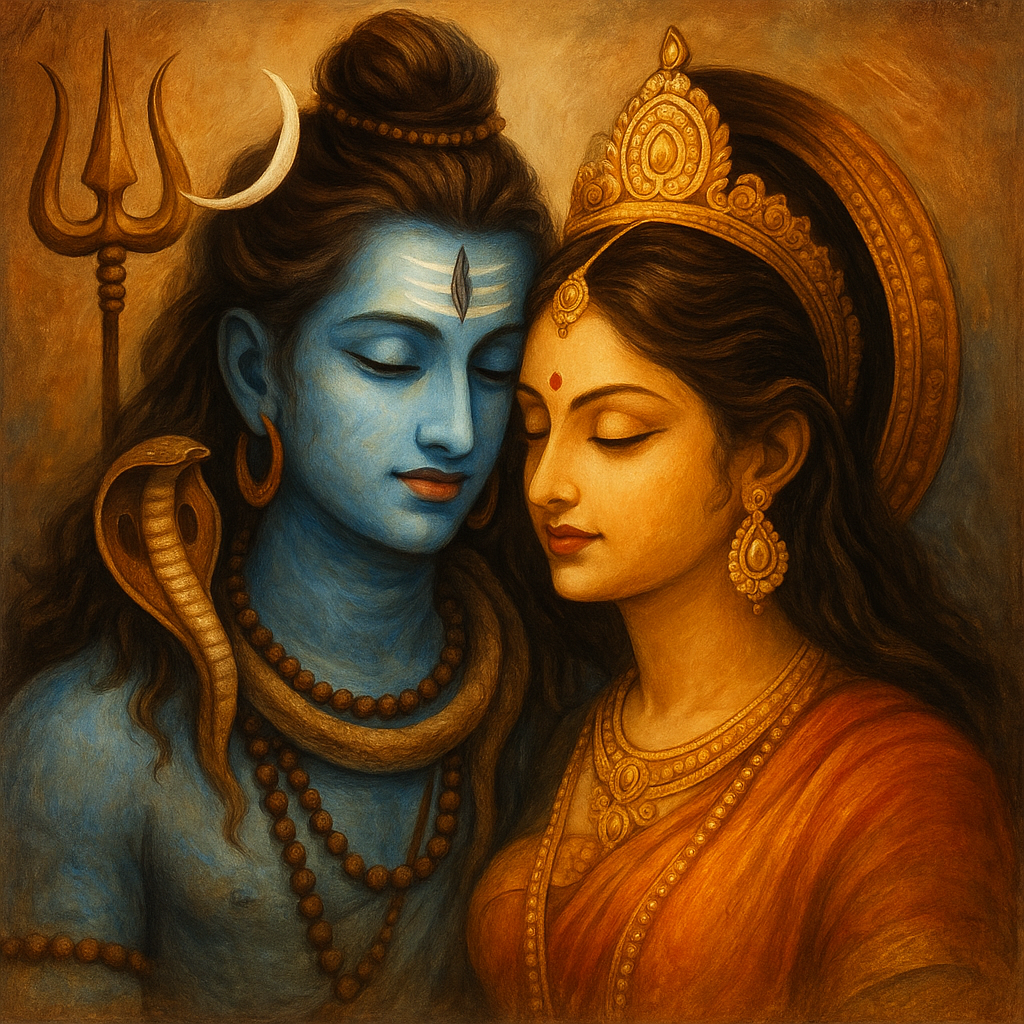
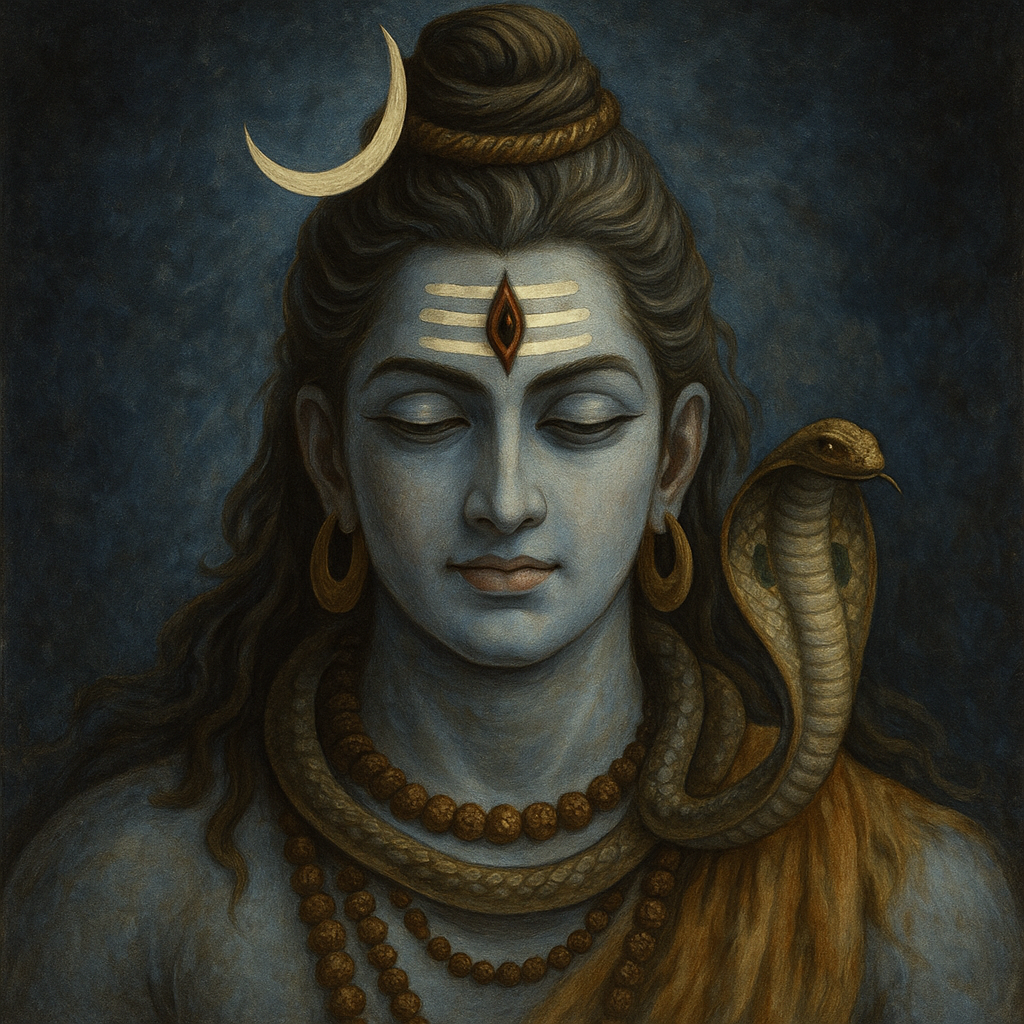
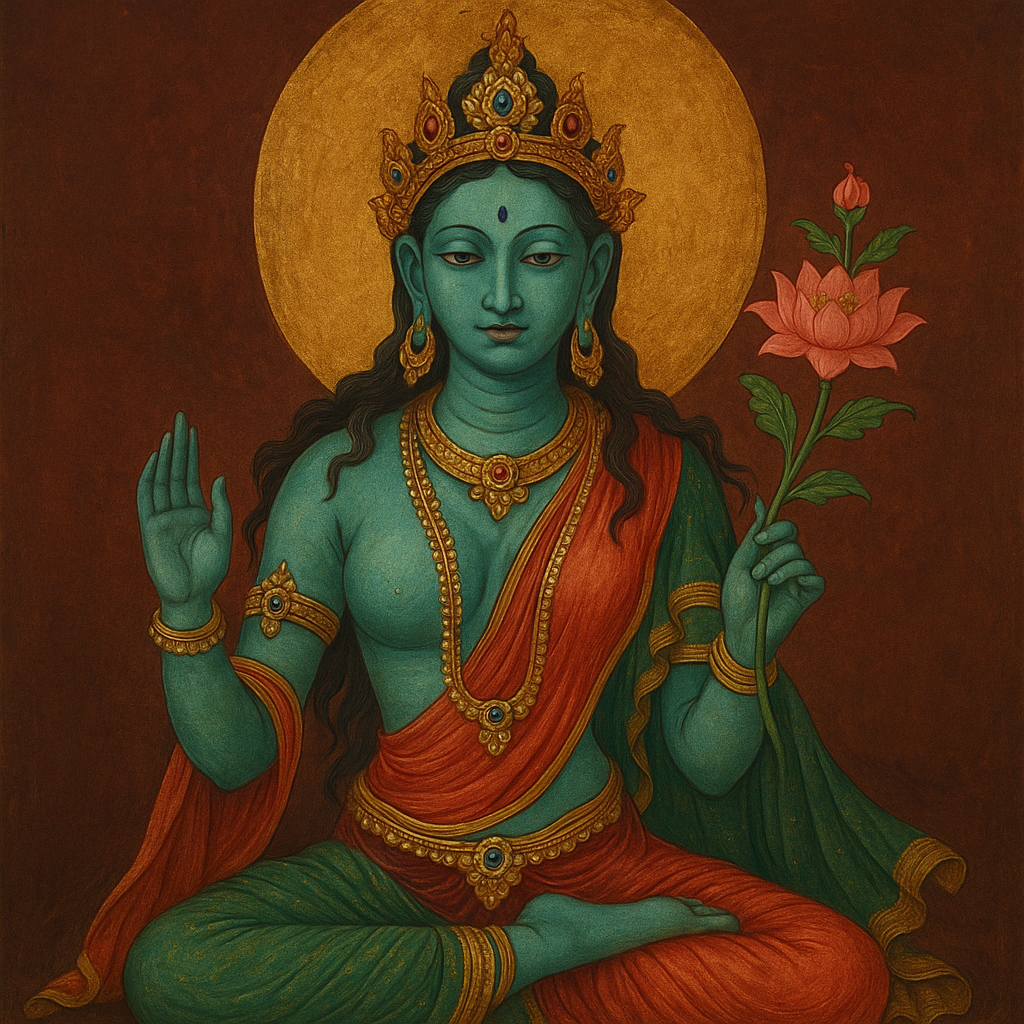
Comments 0
Leave your thought here